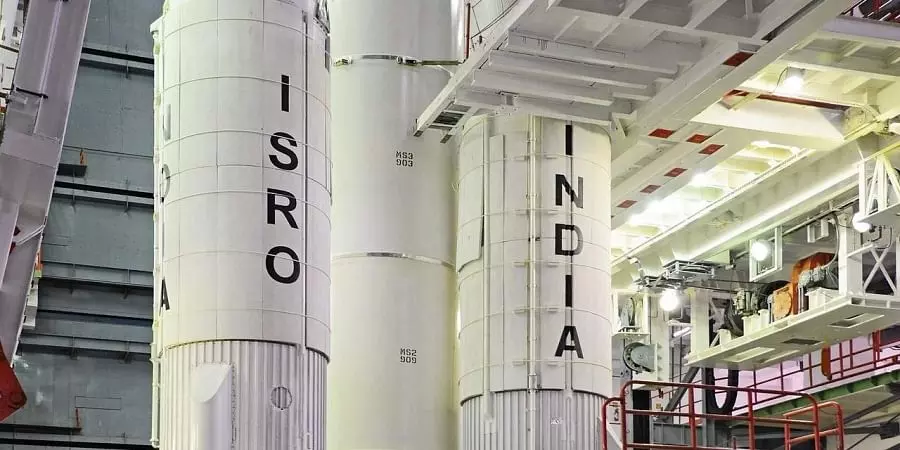
ISRO to collaborate with Japan; study dark side of moon
text_fieldsDehradun: Following trips to the moon and Mars, the Indian Space Research Organization (ISRO) has turned its attention to Venus and is collaborating with Japan to examine the moon's dark side.
Anil Bhardwaj, the director of the Physical Research Laboratory in Ahmedabad, said during a presentation on ISRO's next missions at the Akash Tattva conference here that the space agency also intended to send a probe to Mars.
Bhardwaj said it was in talks with the Japanese Aerospace Exploration Agency (JAXA) for sending a lunar rover to explore the permanent shadow region of the moon, PTI reported.
As per the initial plans, a lunar lander and rover built by ISRO will be put into orbit by a Japanese rocket with a planned landing near the south pole of the moon.
"The rover will then travel to the permanent shadow region of the moon which never sees sunlight," Bhardwaj said.
He said the exploration of the region was interesting as anything that has remained in the PSR zone was akin to staying in deep freeze for times immemorial.
Bhardwaj said the Aditya L-1 would be a unique mission in which a 400-kg class satellite carrying the payload would be placed in an orbit around the Sun in such a way that it can continuously view the star from a point called the Lagrange Point L-1.
The orbit would be located 1.5 million kilometres away from the Earth and it would try to understand the coronal heating, solar wind acceleration and the initiation of the coronal mass ejection, flares and near-earth space weather.
Bhardwaj said the Aditya L-1 and the Chandrayaan-3 missions would be taken up on priority as early as next year and were likely to be followed by the mission to Venus and the mission to the moon with JAXA.
The success of the lunar rover on board Chandrayaan-3 was crucial as it would be used again in the mission with JAXA.























